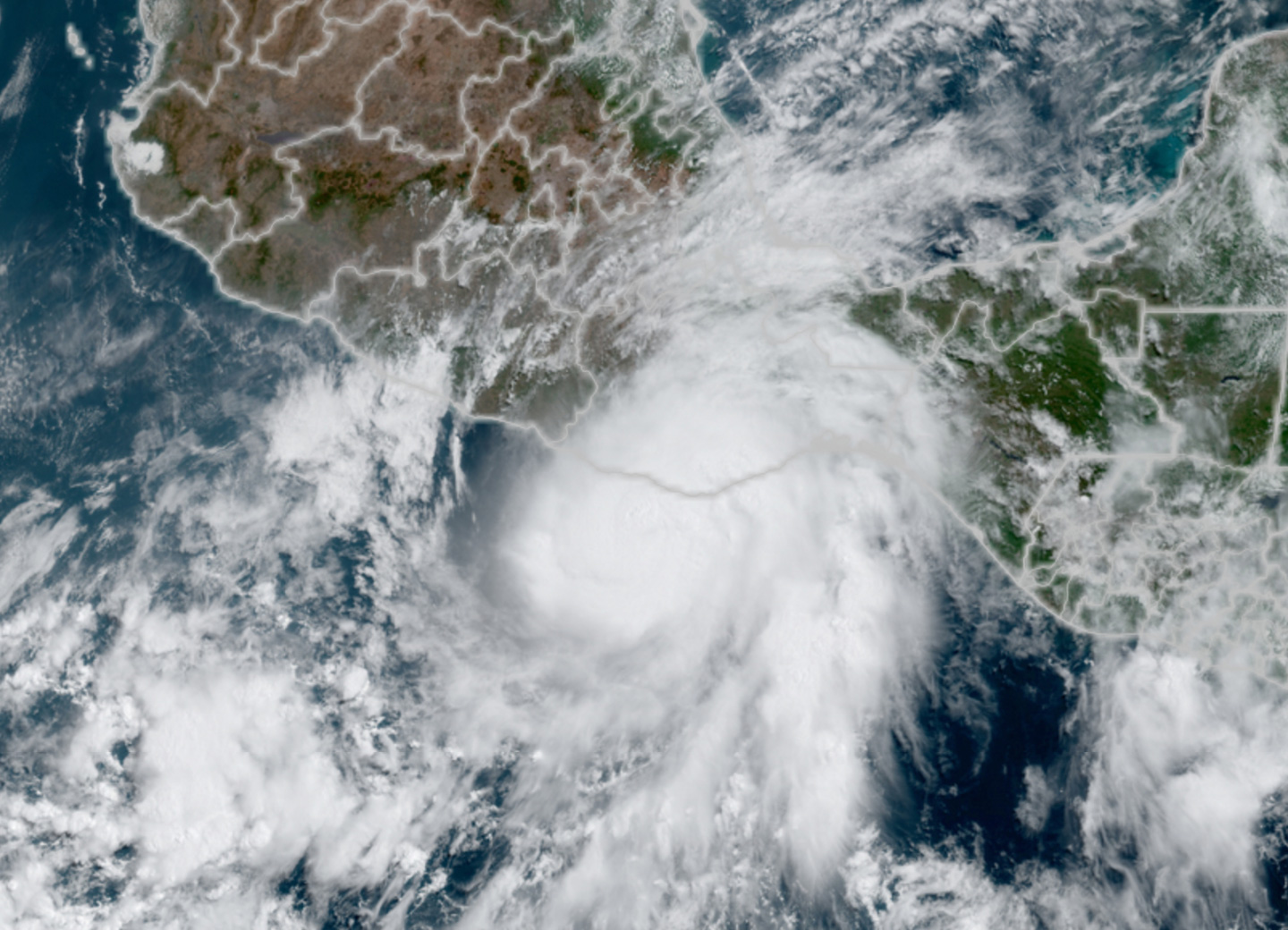The 2022 East Pacific hurricane season is off to a record-setting start following the unprecedented landfall of Hurricane Agatha along the southern Mexico coast Monday afternoon. Agatha dumped heavy rain and triggered mudslides as it moved inland, leaving a death toll in its wake.
As of Wednesday morning, at least 11 people have been killed as result of Agatha's passing, with 33 more missing, according to the Associated Press (AP).
Agatha became the strongest storm to make landfall in Mexico this early in the season, crashing ashore just west of the town of Puerto Angel with maximum sustained winds of around 105 mph (169 km/h). On Monday, the storm was on the precipice of reaching major hurricane status,its sustained wind speeds falling just 1 mph shy of that intensity (111 mph or higher).
Agatha's landfall marked just the third such occurrence during the month of May in the eastern Pacific Ocean. Only two prior hurricanes in recorded history made landfall in Mexico in May -- Barbara on May 29, 2013, and another storm named Agatha on May 24, 1971 -- both of which were Category 1 hurricane strength. Agatha also became the earliest-forming hurricane in the basin since Andres on May 29, 2015.

Although the storm dissipated late Tuesday, residents and local officials were left to clean up the hurricane's destruction.
Footage from Oaxaca showed intense downpours and fierce winds limiting visibility for anyone who dared to venture out during the height of the storm. Chainsaws were buzzing in Huatulco, a popular coastal resort region, as trees littered the ground.
On Monday, municipal authorities in Huatulco ordered “the absolute closure” of all the resort’s beaches and its famous seven bays, many of which are reachable only by boat, The Associated Press (AP) reported. They also closed local schools and set up emergency storm shelters.
Tropical downpours triggered mudslides in the rugged terrain of southern Mexico, a hazard AccuWeather meteorologists warned about days in advance. Transportation authorities worked through Monday night to clear mud and rocks from roadways, including two highways in Oaxaca, according to Reuters.



Strong winds knocked down power and communication lines and caused one transformer to explode in Oaxaca, forcing authorities to use radio as the primary means of communication, according to Reuters.

Weather observations are sparse in this part of world, making it difficult to piece together a clear picture the exact intensity of the rain and wind that people throughout the region endured. Prior to Agatha's strike, AccuWeather meteorologists were predicting more than 2 feet (710 mm) of rain would fall in the mountainous terrain.
Forecasters warn of a continued risk to life and property as flooding downpours persist into Friday, well beyond Agatha's life span.
Although there are no immediate tropical threats in the East Pacific in the wake of Agatha, AccuWeather meteorologists are closely monitoring the storm's leftover moisture and energy, which could help spawn the Atlantic's first named storm in the southern Gulf of Mexico or northwestern Caribbean Sea into this weekend.